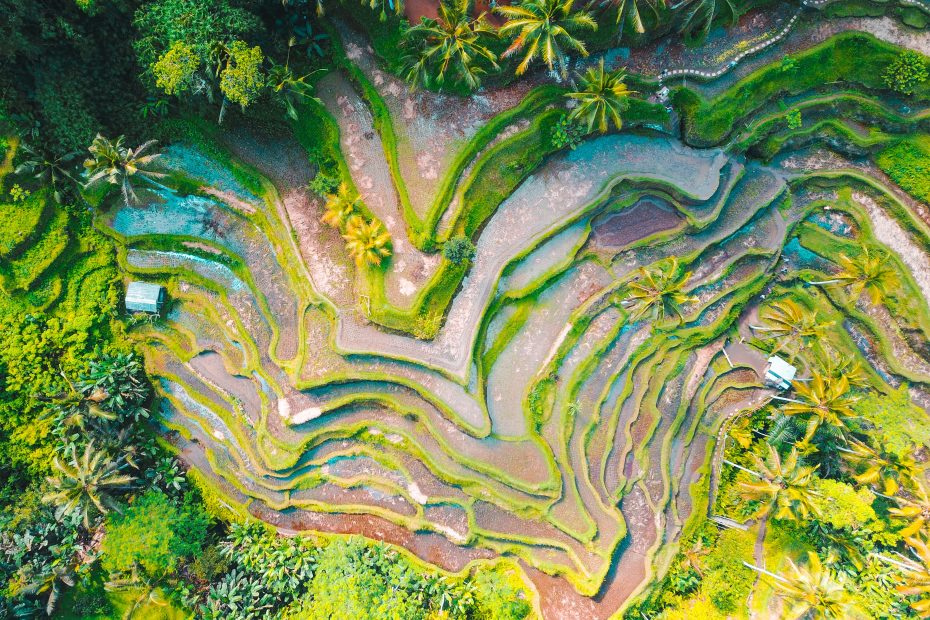Indonesia is a diver’s paradise. With over 17,000 islands, it has some of the most biodiverse marine habitats on Earth. Teeming coral reefs, extensive mangroves, and seagrass meadows provide a home for thousands of aquatic species. From tiny critters to enormous whale sharks, Indonesia’s underwater world captivates all who plunge into its depths.
Table of Contents
Indonesia’s Key Marine Habitats
Indonesia’s coral reefs are the heart of its marine ecosystems. Sites like Raja Ampat off West Papua have the highest recorded diversity of coral and fish species. Wakatobi in Southeast Sulawesi is equally stunning, with coral gardens and vertical walls that offer excellent macro life photography. No dive trip to Indonesia is complete without experiencing Bali’s vibrant house reefs, like those in Tulamben, Nusa Penida, and Menjangan Island.
In shallow coastal areas, mangroves thrive. Their twisted root systems provide nurseries for baby fish and crustaceans. Further out, extensive seagrass meadows sway with the tides, supplying food for green sea turtles and the endemic dugong. This diversity of habitats supports an astounding variety of marine life.
Iconic Marine Species in Indonesia
Indonesia’s tropical waters are filled with dazzling fish species. Ornate and giant wrasses cruise the reefs, while angel and butterflyfish flit amongst branching corals. Parrotfish crunching on algae create clouds of white sand – the Maldives of Indonesia!
Reptiles also abound. Massive yet gentle mola mola visit cleaning stations, while hawksbill and green sea turtles abound. Poking into crevices and coralline hides, banded sea snakes and sea kraits hunt for prey.
Under the waves, lucky divers can also spot charismatic marine mammals. Indonesia is one of the last bastions of the dugong, the sea cow that inhabits seagrass meadows. Most majestic of all is the whale shark – the largest fish on Earth! These gentle giants glide through plankton clouds, mouths agape, providing an unforgettable encounter.
Threats to Indonesia’s Marine Ecosystems
Despite its splendor, Indonesia’s underwater Eden faces multiple threats. Overfishing has depleted fish stocks, while destructive practices like blast fishing and cyanide poisoning destroy fragile reef structures. Coastal development has led to pollution and runoff that choke seagrass and smother corals.
Climate change emerges as one of the greatest dangers. Bleaching events triggered by warming waters have already damaged corals in many areas. More acidic oceans also threaten the survival of creatures that build calcium carbonate shells and skeletons. Immediate action is required to mitigate these threats.
Conservation Efforts
Thankfully, progress has been made to protect Indonesia’s marine biodiversity. Networks of marine protected areas safeguard vulnerable habitats and species. Sustainable tourism initiatives like dive operator certifications aim to minimize environmental impact. Engaging local communities sparks awareness and garners support for conservation goals.
Ongoing research and monitoring provide critical data to inform management plans. But continued momentum is needed – only 7% of Indonesia’s waters are protected. The time to expand conservation efforts is now.
The Future of Diving in Indonesia
For divers, Indonesia offers endless opportunities to explore pristine reefs and encounter marine megafauna. But the gift of experiencing this underwater world brings the responsibility of protecting it.
Practicing responsible diving, supporting eco-conscious operators, and contributing to local communities are ways we can make a difference. Our choices as travelers shape the future of destinations like Indonesia. By diving with care, we can help unveil the mysteries of Indonesia’s marine life for generations to come.
Conclusion
Indonesia’s spectacular underwater ecosystems captivate divers from across the globe. But these delicate marine habitats face escalating anthropogenic threats. Conservation initiatives have made progress, but increased action is urgently needed. As divers and nature lovers, we have the power to minimize our impact and become stewards of Indonesia’s marine environment. By diving responsibly and supporting local communities, we can aid the preservation of Indonesia’s marine life for the future.
FAQs
What are the main threats to Indonesia’s coral reefs?
The major threats are overfishing, destructive fishing practices like blast fishing, pollution from coastal development, and the impacts of climate change like coral bleaching.
Where are the best places to see whale sharks in Indonesia?
Some of the top spots are Nusa Penida, Komodo National Park, Cenderawasih Bay in West Papua, and Mawan off Kalimantan.
What can divers do to help protect Indonesia’s marine habitats?
Actions divers can take include practicing responsible diving, choosing sustainable tourism operators, avoiding touching or taking anything, and supporting local marine conservation initiatives.
Which Indonesian islands have the highest coral reef biodiversity?
Raja Ampat off West Papua has the greatest recorded diversity, followed by Wakatobi in Southeast Sulawesi.
What species of sea turtle can be spotted around Indonesia?
The two most common species are the green turtle and hawksbill turtle, but the leatherback turtle and olive ridley turtle can also occasionally be seen.
